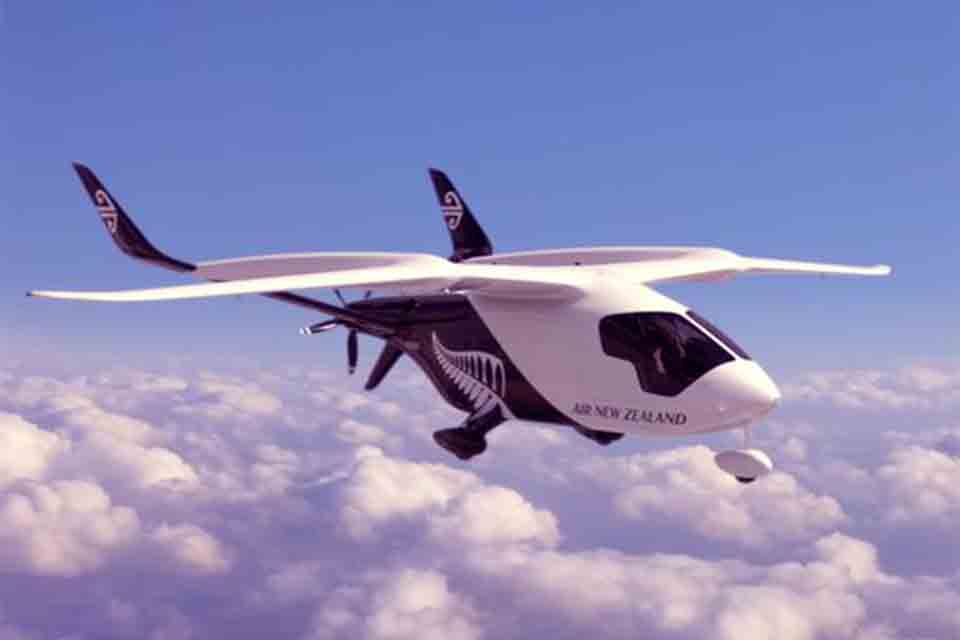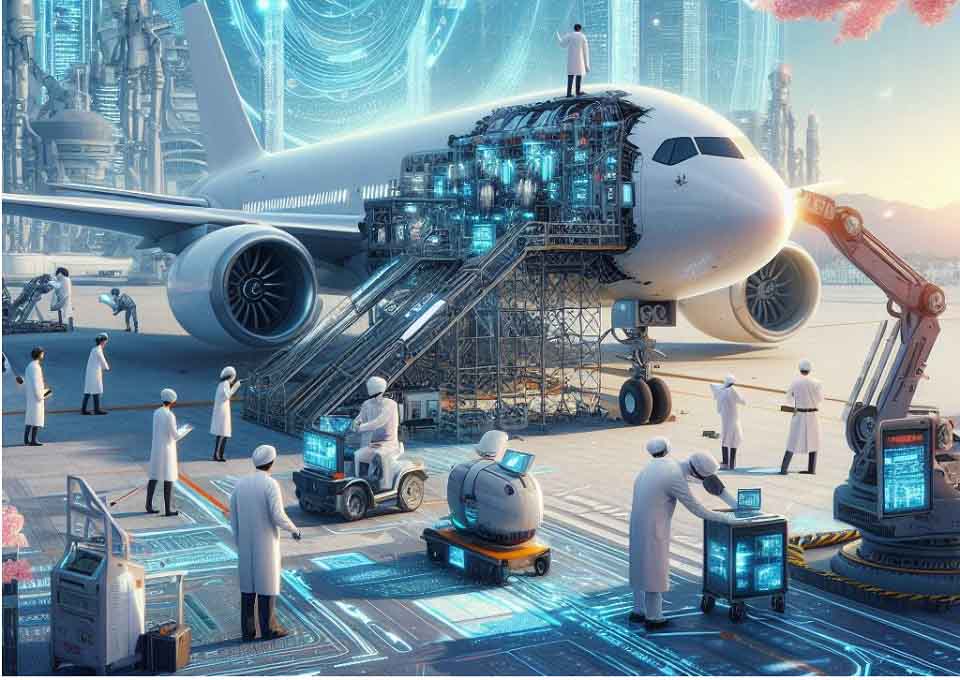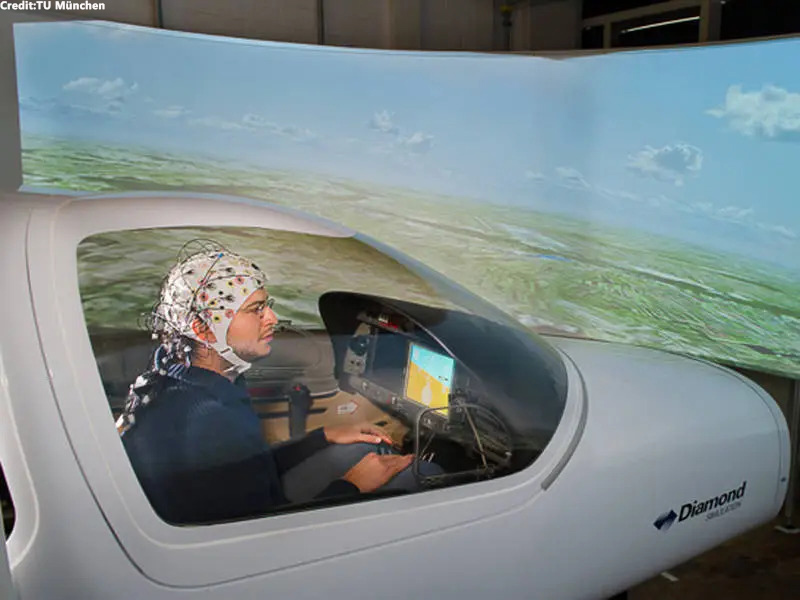Tech
Emirates’ first retired A380 to be repurposed in the UAE

- Signs contract with UAE-based specialist Falcon Aircraft Recycling to save most of its retired aircraft from landfill via a pioneering upcycling and recycling programme
- Iconic 1st generation A380 onboard bar and other cabin features to be transformed into bespoke furniture, plus a range of aviation memorabilia and retail items which will be released for sale in the coming months
- Portion of sale profits to benefit the Emirates Airline Foundation, the airline’s charity organisation focussed on helping disadvantaged children around the world
Dubai, UAE, 01 November 2021 – Emirates has signed a contract with UAE-based Falcon Aircraft Recycling on a pioneering initiative, where its first retired A380 aircraft will be upcycled and recycled, dramatically reducing the environmental impact of the deconstruction process and drastically reducing landfill waste.
The extensive materials recovery and repurposing activities will be entirely conducted in the UAE, the airline’s home base, further reducing the project’s environmental footprint.
Increasingly, retired aircraft are flown to remote locations and left to languish after being stripped for parts. Traditional salvage and recycling projects focus on recovering only profitable components, thereby leaving behind a substantial portion of the aircraft and materials that go into landfill or sit idle indefinitely for years. Also, many aircraft items can be difficult to recycle or dispose, for instance fire retardant fabrics and composite materials.
After completing its last commercial mission, A6-EDA, the first A380 ever delivered to Emirates, was retired from service and brought to the airline’s Engineering Centre where Emirates engineers retrieved serviceable components such as engines, landing gears and flight control components. The aircraft was then deregistered and handed over to the Falcon Aircraft Recycling team to begin the process of carefully breaking down the aircraft.
Emirates new advertisement 6 interesting facts , How they did it ?
Partnering with Wings Craft, another UAE-based firm that specialises in producing custom furniture and merchandise from aircraft materials, Falcon Aircraft Recycling will design and manufacture unique collectibles and retail items from the materials and parts removed from the aircraft. These items will be launched for sale in phases over the coming months.
Emirates To Take Final Airbus A380 Delivery In November 2021
A portion of profits from the sale of all items upcycled and recycled from Emirates’ first retired A380 will benefit the Emirates Airline Foundation.
Emirates’ first A380, previously operating as A6-EDA, was retired after an illustrious service record.
Here are some of its service highlights:
- Delivered from Airbus’ Hamburg facility on: 28 July 2008
- First commercial flight: Dubai-New York JFK on 01 August 2008
- Last commercial flight: Singapore-Dubai on 08 March 2020
- Total number of flights: 6,319
- Airports visited: 62
ANA Pilots Can Now Fly Both Airbus A380 & A320
About Falcon Aircraft Recycling
Founded in 2013, Falcon Aircraft Recycling is the first fully accredited aircraft recycling operation in the UAE with deconstruction programmes at Dubai Industrial City and Fujairah International Airports. Working closely with Airport Management and Civil Aviation, Falcon Aircraft Recycling provides cost effective and environmentally friendly end-of-life solution to the ongoing problem of retired aircraft. For more information on the business and its projects visit: www.falconaircraftrecycling.

Tech
Air New Zealand to Introduce Battery-Powered Flights

In a groundbreaking move towards sustainable aviation, Air New Zealand has revealed its selection of Wellington and Marlborough Airports as the key ports for its inaugural all-electric aircraft operations.
The airline’s choice marks a significant step in its commitment to reducing carbon emissions in the aviation sector. The selected route for the debut flights with the Beta ALIA aircraft, named the ALIA CTOL, will encompass commercial demonstrator flights between Wellington and Marlborough. Initially, Air New Zealand will focus on cargo-only operations in collaboration with NZ Post, with flights expected to commence in 2026.
Wellington Airport has been designated as the primary hub for Air New Zealand’s pioneering venture into next-generation aircraft. Meanwhile, Marlborough Airport will also play a crucial role by establishing charging infrastructure to facilitate the aircraft’s operations, ensuring a seamless and sustainable journey.
Matt Clarke, CEO of Wellington Airport, expressed enthusiasm for the opportunity to host the commercial demonstrator flights, emphasizing the airport’s commitment to driving change in the aviation industry. He highlighted the significance of this partnership in advancing the decarbonization efforts within New Zealand and beyond.
“Partnering with Air New Zealand to host the commercial demonstrator is a giant leap for sustainable aviation, providing the basis for all airports to prepare for the next generation of aircraft technology.
Decarbonizing aviation is recognized as a critical global endeavor, and in New Zealand, maintaining regional connectivity throughout this transition is deemed of national importance. With the introduction of all-electric flights, Air New Zealand aims to lead by example, setting a precedent for eco-conscious aviation practices worldwide.
Aviation
Japan to Construct Second Passenger Jet Following First’s Setback

The Japanese government is set to collaborate with a private firm to construct a new passenger jet, a project expected to require approximately USD 33 billion. The anticipated outcome of this endeavor could materialize by 2035, aiming to significantly reduce carbon emissions and establish a new standard in eco-friendly aviation.
Japan is strategically focused on developing its passenger aircraft to compete globally, following a previous unsuccessful attempt with the Mitsubishi Regional Jet, which failed to gain approval from the FAA and other aviation authorities. After years of research, the decision was made to innovate by revamping the aircraft and introducing a unique hydrogen-powered engine concept.
While concrete plans are yet to be finalized, discussions revolve around various propulsion technologies, including hybrid electric systems and hydrogen combustion or fuel cell technologies. Notably, hydrogen emerges as a prominent contender, with the Japanese Ministry of Economy, Trade and Industry (METI) emphasizing the importance of leveraging Japan’s competitive advantage in technological innovation to drive the decarbonization of air transport.
Video: The First MRJ regional Plane from Japan is scrapped in the United States
Numerous aerospace companies are already pioneering hydrogen-powered electric aircraft as a promising solution to combat carbon emissions. Companies such as ZeroAvia and Universal Hydrogen are at the forefront, with projects ranging from small regional planes to larger passenger aircraft, reflecting a concerted effort towards sustainable aviation.
In parallel, collaborations between budget airlines like EasyJet, engine manufacturers like Rolls-Royce, and industry giants like Airbus underscore the collective commitment towards developing hydrogen-powered aircraft. Airbus, for instance, aims to introduce hydrogen-powered planes into commercial service by 2035.
Despite setbacks like the failed SpaceJet aircraft program, which incurred substantial costs without achieving liftoff, Japan remains undeterred. The country’s new aircraft venture indirectly challenges competitors like China’s COMAC C919, signaling Japan’s determination to carve out a significant presence in the aerospace industry.
Additionally, Japan’s collaboration with Britain and Italy in developing a sixth-generation fighter jet highlights its pursuit of cutting-edge aviation technology. This advanced fighter jet, featuring Rolls-Royce engines, laser targeting systems, and three-dimensional thrust vectoring engine nozzles, represents a leap forward in military aviation capabilities.
Under an MOU agreement, Japan retains the option to export these fighter jets to allied nations, potentially reshaping the global landscape of military aircraft manufacturing and distribution. With these ambitious projects, Japan aims to assert itself as a leader in both commercial and military aviation, pushing the boundaries of innovation and sustainability in the aerospace sector.
Watch Video : Japan to Construct Second Passenger Jet Following First’s Setback
Aviation
A New Era in Aviation: German Researchers Build a Plane, Controlled by the Brain

Unlocking the potential of the human mind, German researchers have achieved an astonishing feat: a plane controlled solely by the power of your thoughts. Imagine taking to the skies without ever touching a control stick, relying instead on the incredible capabilities of your brain. This groundbreaking technology heralds a new era where the boundaries of possibility are redefined, offering the exhilarating opportunity to navigate the skies
In a groundbreaking advancement, a team of researchers from Technische Universität München and TU Berlin in Germany has developed technology enabling planes to be flown using only the power of thoughts. Led by Professor Florian Holzapfel, the scientists have not only achieved this feat but have also demonstrated its remarkable precision.
Using a flight simulator, seven subjects, including one with no cockpit experience, successfully navigated virtual skies with enough accuracy to pass a flying license test. This achievement marks a significant milestone in aviation technology.
The key to this brain-to-plane communication lies in a cap outfitted with EEG electrodes, which capture signals from the subjects’ brains. These signals are then translated into commands through an algorithm developed by the TU Berlin scientists.
Tim Fricke, head of the EU-funded project Brainflight, emphasizes the long-term goal of making flying more accessible to a broader range of people. While the prospect of the Average Joe donning an EEG cap and flying a plane may still be distant, the technology holds promise for enhancing flight safety and efficiency.
During tests, pilots managed landing approaches under poor visibility conditions, demonstrating the system’s reliability. Moreover, the technology has the potential to ease the workload of pilots, allowing them more freedom to manage other tasks in the cockpit. Following successful tests, researchers are now exploring how to adapt control systems and flight dynamics to accommodate this innovative control method. With brain control, flying could become more intuitive and less physically demanding, ushering in a new era of aviation safety and accessibility.


























